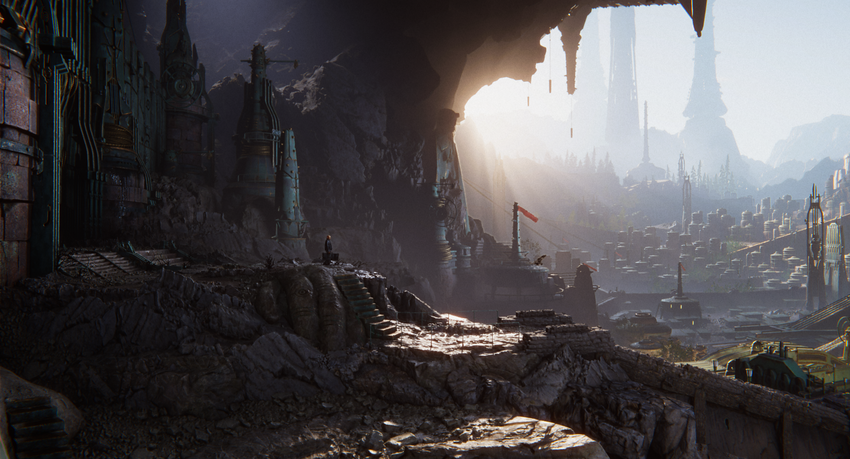Graphics
Unity’s graphics features let you control the appearance of your application and are highly customizable. You can use Unity’s graphics features to create beautiful, optimized graphics across a range of platforms, from mobile to high-end consoles and desktop.

This section contains information on the following graphics features:
- Render pipelinesA series of operations that take the contents of a Scene, and displays them on a screen. Unity lets you choose from pre-built render pipelines, or write your own. Render pipelinesA series of operations that take the contents of a Scene, and displays them on a screen. Unity lets you choose from pre-built render pipelines, or write your own. More info
See in Glossary - CamerasA component which creates an image of a particular viewpoint in your scene. The output is either drawn to the screen or captured as a texture. CamerasA component which creates an image of a particular viewpoint in your scene. The output is either drawn to the screen or captured as a texture. More info
See in Glossary - Post-processingA process that improves product visuals by applying filters and effects before the image appears on screen. You can use post-processing effects to simulate physical camera and film properties, for example Bloom and Depth of Field. Post-processingA process that improves product visuals by applying filters and effects before the image appears on screen. You can use post-processing effects to simulate physical camera and film properties, for example Bloom and Depth of Field. More info post processing, postprocessing, postprocess
See in Glossary - Lighting section
- Meshes, Materials, Textures, and Shaders
- Particle SystemsA component that simulates fluid entities such as liquids, clouds and flames by generating and animating large numbers of small 2D images in the scene. Particle SystemsA component that simulates fluid entities such as liquids, clouds and flames by generating and animating large numbers of small 2D images in the scene. More info
See in Glossary - Creating environments
- Sky
- Visual Effects
- Optimizing Graphics Performance
- Color spaces
More information
- Unity Blog: How to create cinema-quality lighting in Unity
- Unite 2020: Evolving Game Graphics with the Universal Render Pipeline
- Unite 2020: Achieving high fidelity graphics for games with the HDRP
- Creating a Third Person Camera using Cinemachine in Unity
- Unity Learn Graphics tutorials
- Unity Support: Graphics and Shaders